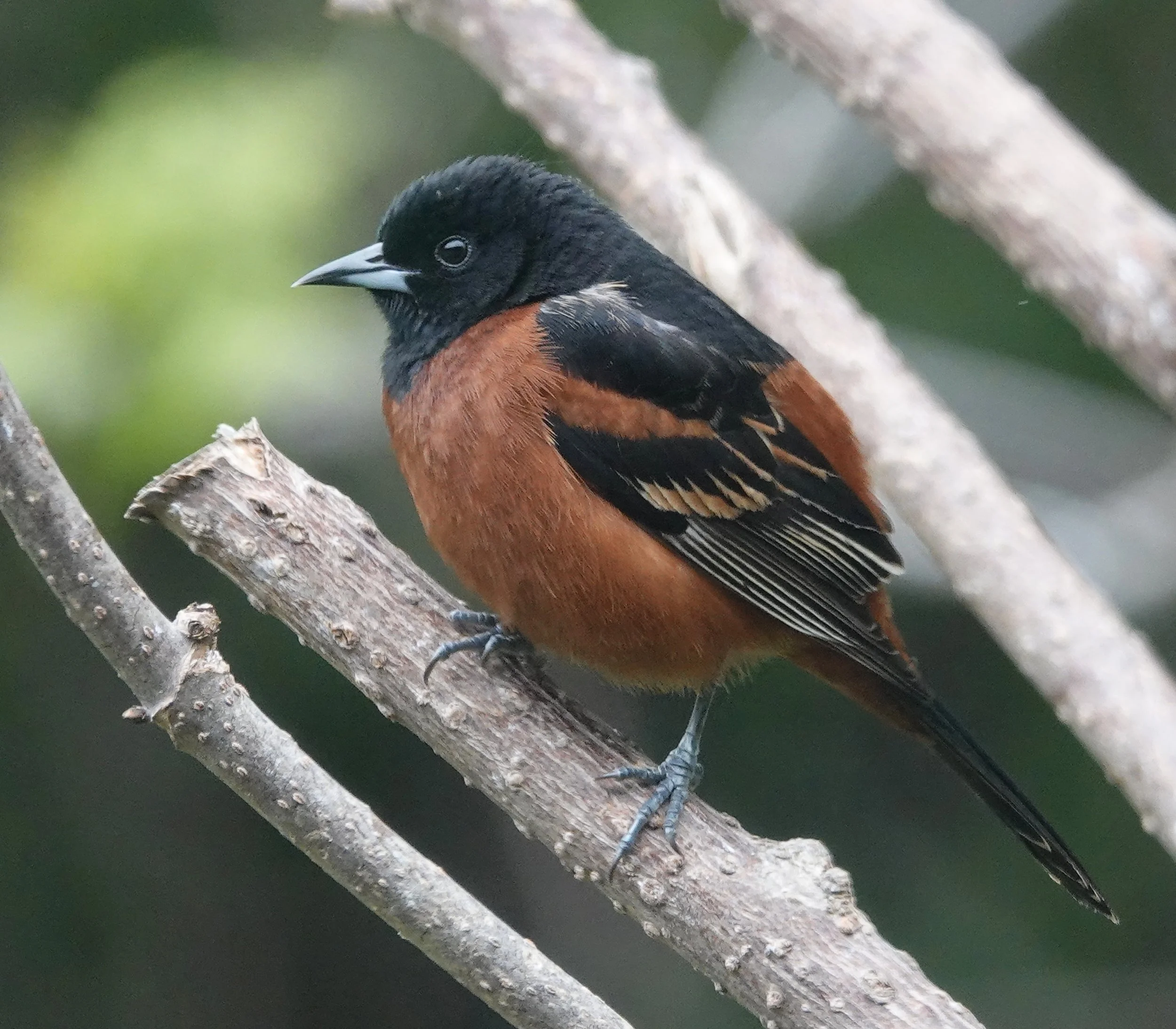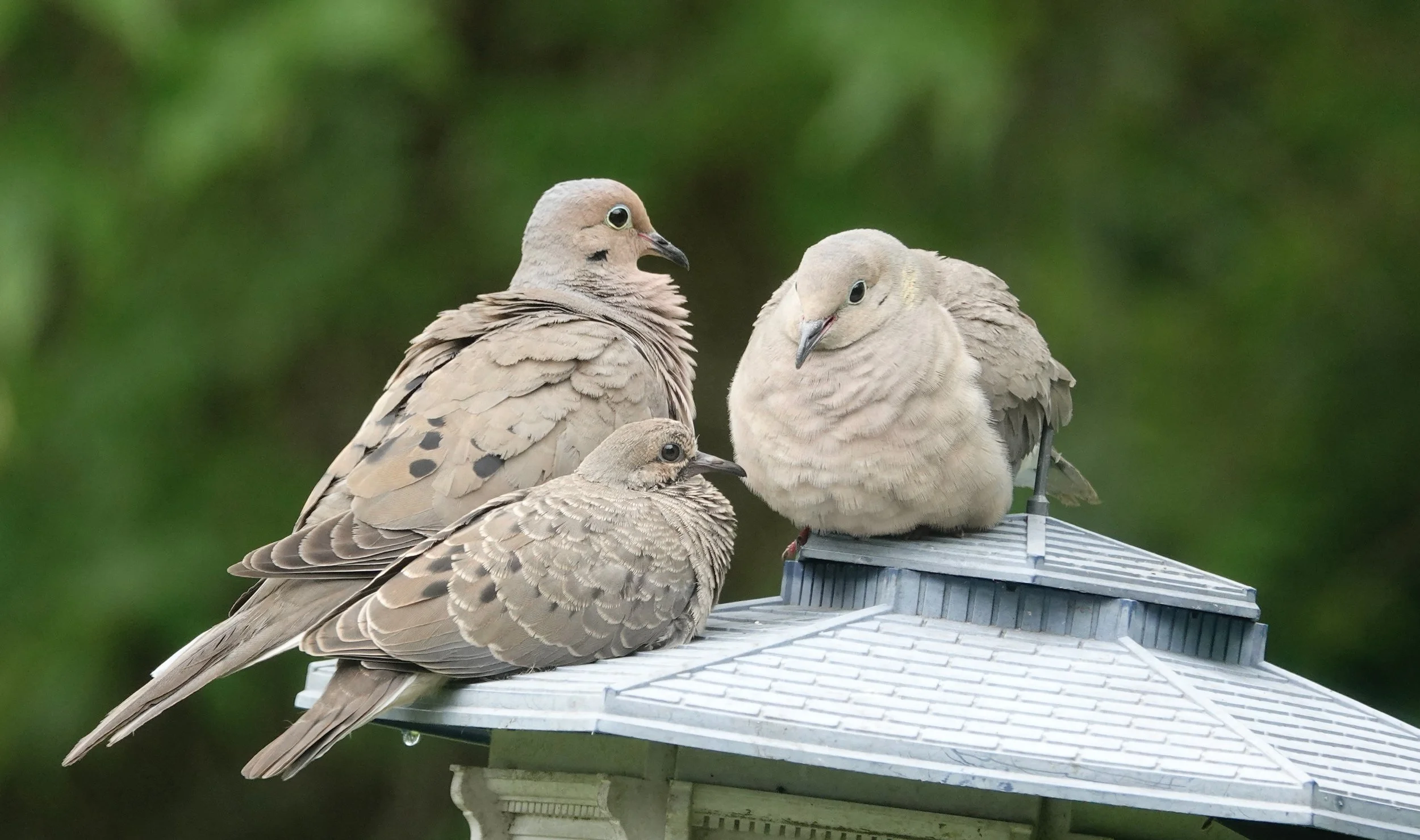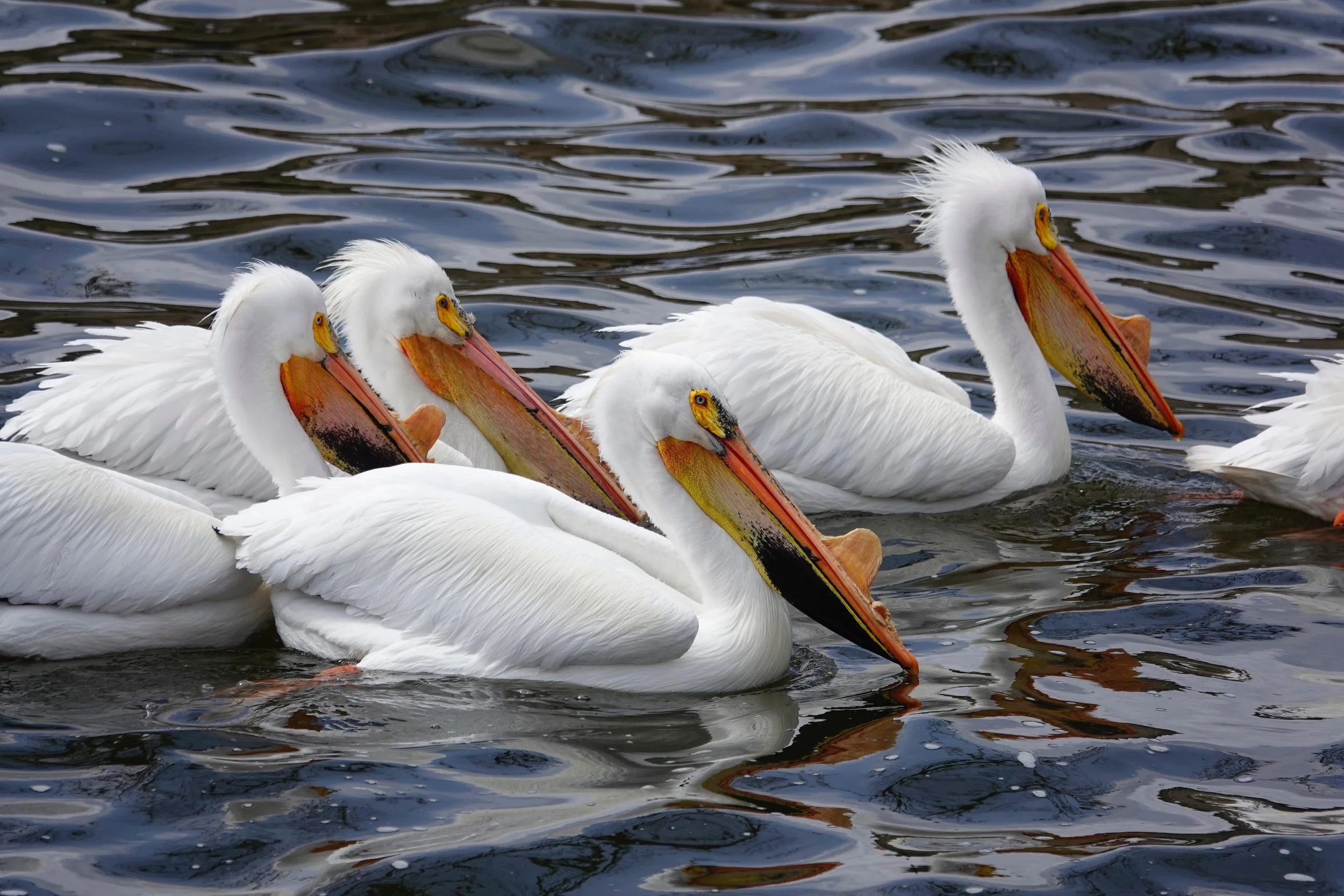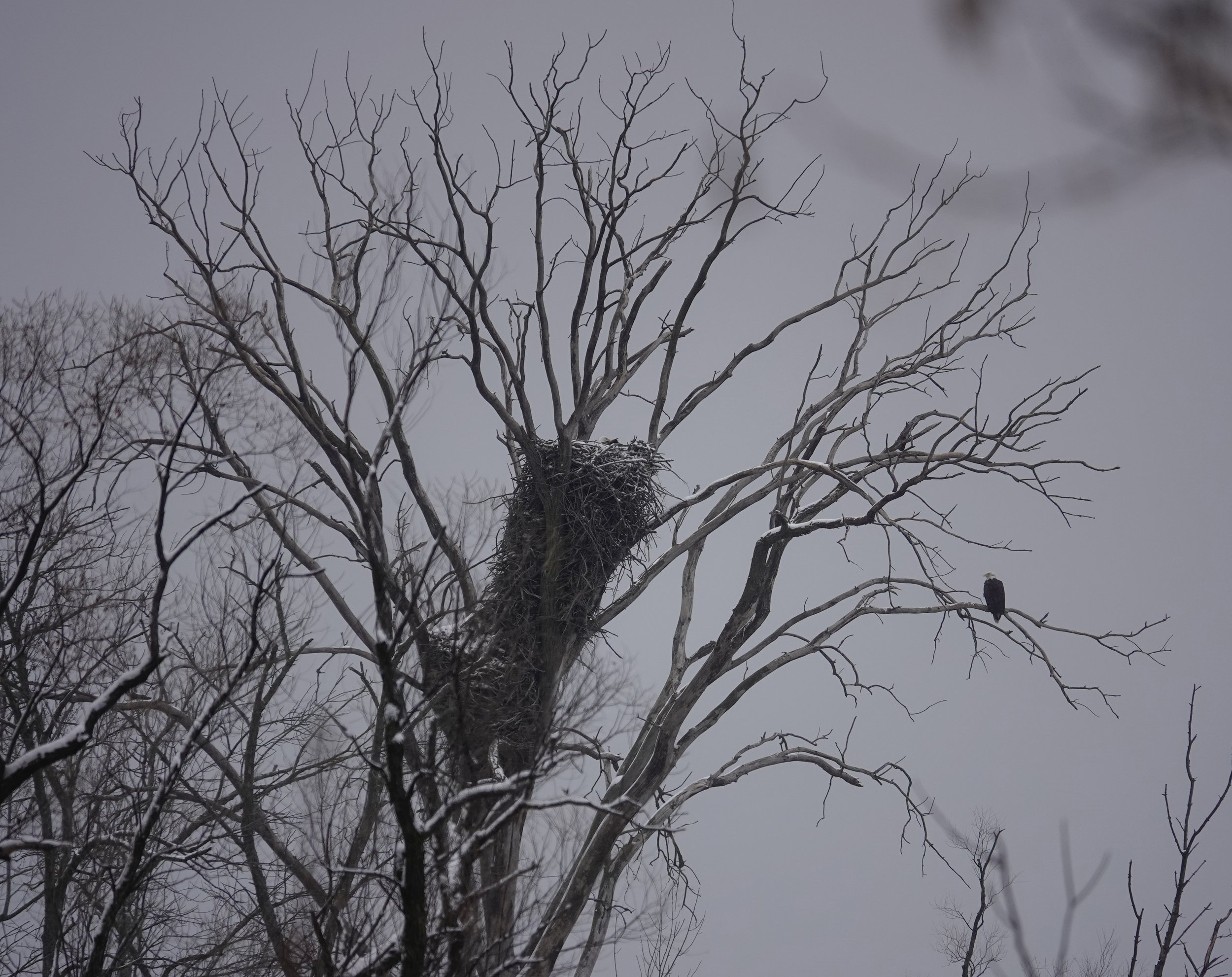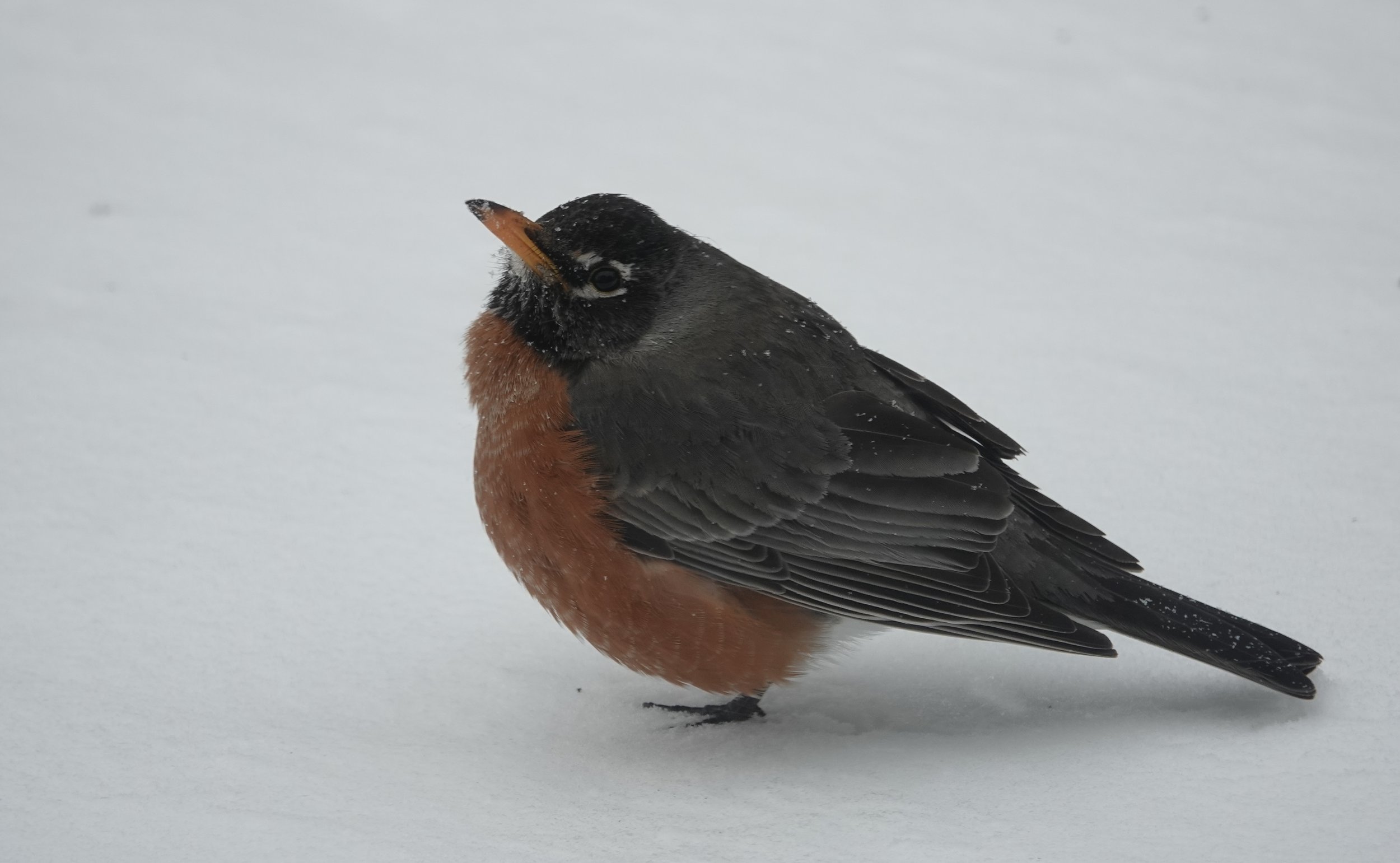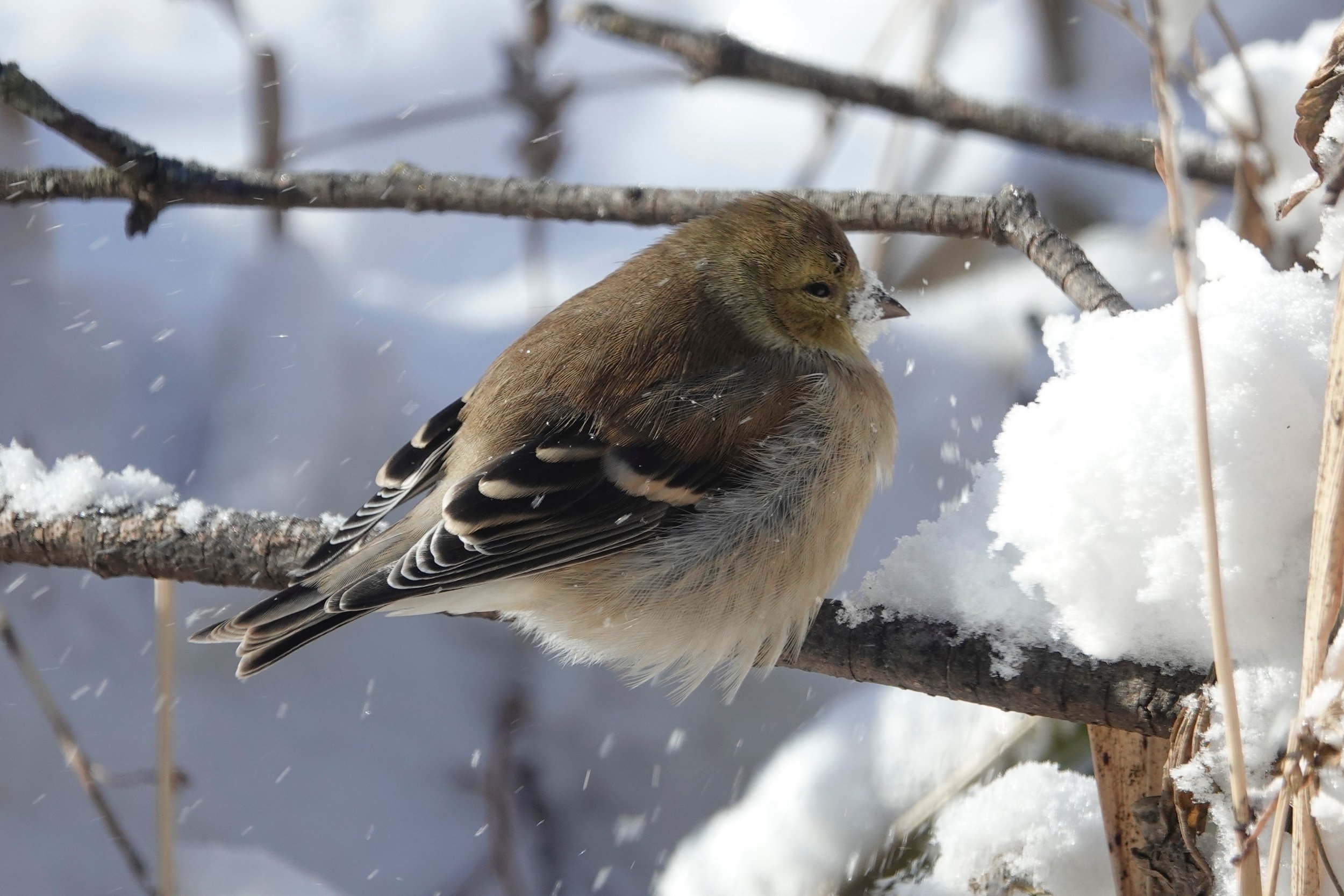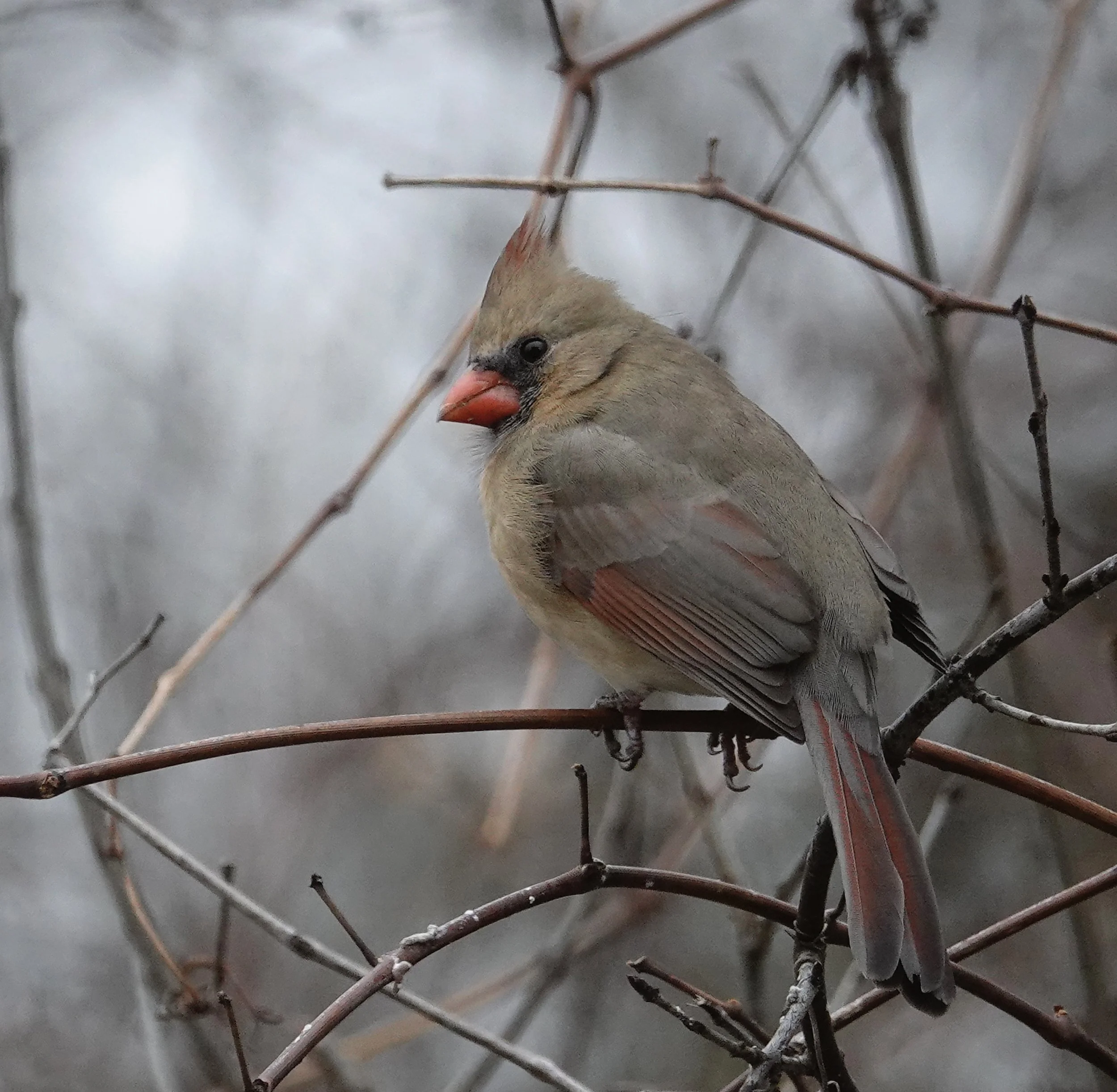Naturally
It’s the time of the year when it becomes the land of the tall, yellow flowers. They’re worth the price of admission.
I still think house sparrows are cute, and I’m excited that the National Bobblehead Hall of Fame and Museum unveiled a limited-edition Cicada Bobblehead.
Q&A
Jim Lageson of Ellendale asked me to explain the love life of a house wren. They nest in old woodpecker holes, natural crevices and nest boxes provided by humans. Wrens are fierce competitors for nest sites, sometimes evicting a larger species or claiming a cavity after another bird has begun nesting. Male house wrens arrive about nine days before the females and build several nests, hoping to attract a female. I read of a nest containing 500 sticks. Only the female incubates the two broods of eggs. Pairs rarely reunite a second year. Single males sometimes compete for females even after a pair has begun nesting and can displace their rivals. Some mated males sing to advertise for secondary mates at surplus cavities on their territories, a form of polygamy called polygyny. Some unpaired males add spider egg sacs to the nest. You’d think they’d function as ornaments to attract mates, but scientists found that nests containing those sacs took significantly longer to acquire mates. Their presence had no effect on the number or condition of offspring produced from a nest. Some believe wrens put the spider egg sacs in their nests to reduce the number of mites, reasoning that the eggs hatch and the baby spiders dine on the mites.
“Why do earthworms come to the surface when it rains?” It’s likely that they find it easier to move across a wet soil surface to find food, a new habitat or a mate. Conventional wisdom holds that earthworms head to the surface because they can’t breathe. Humans drown when our lungs fill with water, but earthworms lack lungs. Studies show most earthworm species can survive being submerged in water for two weeks or more, making the drowning worm idea a myth. Some scientists believe the sound of rain hitting the ground makes worms think they're in danger from moles, causing them to escape to the surface.
“How can I tell loon sexes apart?” The male is the one that gives a yodel and he typically has a larger bill.
“What’s the difference between a juvenile bird and an immature bird?” A juvenile is a bird in its first plumage of non-downy feathers. An immature is a bird of any age other than an adult. A juvenile is an immature bird, but an immature bird isn’t necessarily a juvenile.
Karen Wright of Mankato asked if earwig numbers are high this year. A mild winter can lead to a bumper crop as more adult earwigs survive and lay eggs in the spring. Dryer years see fewer earwigs, so wet winters are also good for them. Earwigs are omnivorous scavengers that feed on fruits, vegetables, decaying organic material, and weakened or dead insects and other tiny organisms. They also chew irregular holes in leaves and flower blossoms of dahlias, hostas and marigolds. The name “earwig” comes from the Old English ear-wicga, which means “ear wiggler”—named because the insect was thought to seek human ears to live in. The pincers (cerci) at the end of an earwig’s abdomen look like formidable forceps and can pinch, but the pinch isn’t robust enough to bother most people. They use their cerci to ward off enemies, to catch prey and during romantic encounters. A male earwig’s pincers are long and curved, while a female’s are shorter and straighter. Earwigs are 1/2 to 1 1/4-inch long and are reddish-brown.
I showed tour participants a noisy marbled godwit, and some wondered about the origin of the name for this large, long-legged, wading bird. The name is of unknown origin but is likely imitative of the bird's call.
“Are Russian olives good for deer?” Russian olive seed is relished by birds, whose droppings contribute to the tree's spread. Deer, coyotes and raccoons consume the fruit, and small mammals use the fruit and seeds as a food source. The nonnative Russian olive quickly takes over streambanks, lakeshores and prairies, choking out native vegetation. It changes nutrient cycling and taxes water reserves. The DNR recommends planting false indigo, nannyberry, chokecherry, gray dogwood, pin cherry or pussy willow instead.
“What is a cat owl?” That’s a nickname for a great horned owl with its feathered tufts (plumicorns) resembling the ears of a cat.
Thanks for stopping by
“The two most important days in your life are the day you are born and the day you find out why.”―Mark Twain.
“The problem with the world is that the intelligent people are full of doubts, while the stupid ones are full of confidence.”― Charles Bukowski.
Do good.
©Al Batt 2024
A female red fox, called a vixen, gives birth to 5-10 kits, pups or cubs, which become independent at 7 months of age. The fox makes many sounds, including barks and screams. The red fox has a white tip to its tail; the gray fox has a black-tipped tail. Photo of red fox kits by Al Batt.


